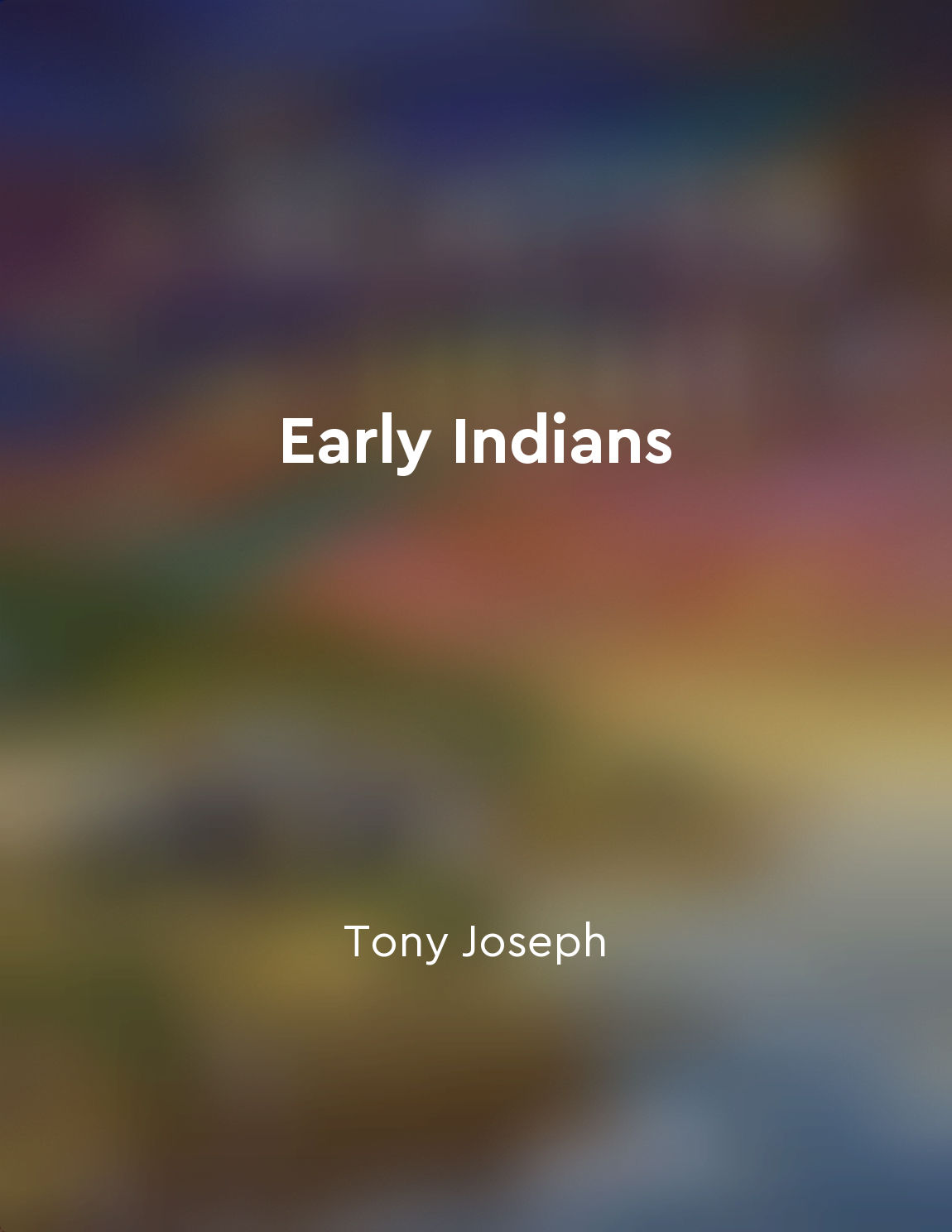Indian civilization influenced by mix of these populations from "summary" of Early Indians by Tony Joseph
The Indian civilization we see today is a product of a complex mixing of different populations over thousands of years. This mixing has shaped not just the genetic composition of the people of the subcontinent, but also the cultural, linguistic, and social aspects of their lives. The first inhabitants of India were the AASI (Ancestral South Indians), who arrived in the subcontinent around 65,000 years ago. They were hunter-gatherers, living off the land and following a simple way of life. Then came the ANI (Ancestral North Indians), who arrived in India around 10,000 years ago. These were pastoralists and brought with them the knowledge of agriculture and animal husbandry. The mixing of the AASI and the ANI resulted in the formation of the Harappan civilization, one of the world's oldest urban civilizations. The Harappans were an advanced society with well-planned cities, sophisticated drainage systems,...Similar Posts
The Green Revolution had a transformative impact on agriculture in the region
The Green Revolution, a series of agricultural initiatives launched in the mid-20th century, had a profound and far-reaching ef...
The struggle for gender equality remains a key issue in South Asian societies
Gender equality in South Asian societies continues to be a pressing concern, with women often facing discrimination and margina...

